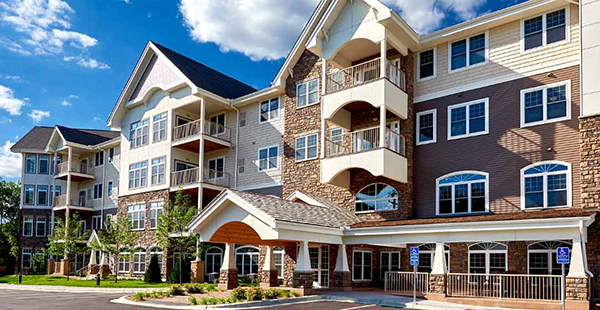Home-ownership for Multi-Family Housing Market Trends
Following 12 years of negative growth, the multi-family housing market trends have changed from 69.2% in 2004 to 62.9% in 2016, the U.S. homeownership rate appears to have hit its bottom and even increased slightly in 2017, up to 63.9% as of the third quarter. 2016’s homeownership rate was the lowest since 1965, while 2017’s homeownership rate was the highest since 2014 and these numbers are impacting the multi-family housing market trends.
Apartment List expects the homeownership rate to stabilize in 2018, or even increase slightly, as more millennials purchase homes. A lack of affordable starter homes for first-time buyers may curb increases in the homeownership rate for the next few years, however.
Conversely, the number of renter households in the U.S. increased by 19.2% between 2005 and 2016, from under 37 million to nearly 45 million. During the same period, the number of owner households increased by 0.9%, from 74 million to 75 million. Despite millennial movement into homeownership, Apartment List predicts the overall number of renter households will continue to grow and this will impact the multi-family housing market trends.

Multi-Family Housing Market Trends and Styles
Rental Affordability for Multi-Family Housing Market Trends
The share of cost-burdened renters in the U.S. fell from 50.6% in 2015 to 49.7% in 2016, down to the lowest level since 2008. While renter income growth has outpaced rent growth over the past five years, this is largely due to an increase in higher-income renters. The share of renters earning over 120% of the area median Income rose by 4.2% from 2005 to 2016, and the share of low-income renters decreased by about the same amount. In certain metros, such as San Francisco and Denver, the growth of the higher-income renter segment is even higher.
According to the Harvard Joint Center for Housing Studies, future increases in the homeownership rate may be driven by high-income renter households buying homes, which may affect overall affordability figures.
Multi-Family Housing Market Trends and Pricing
Occupancy rates have fallen in the markets with the new multi-family construction. In Dallas, overall occupancy fell from 92.3% in October 2016 to 91% in October 2017 as new deliveries rose from 15,459 in 2016 to 22,851 in 2017. Slight occupancy-rate declines have also been observed in tight-supply markets such as Denver and Seattle as new properties enter the market.
Los Angeles, San Francisco, and Portland, Ore., have observed rising occupancy rates despite the high multifamily construction volume, given the metros’ active employment markets and severe housing undersupply. Houston’s occupancy rate also has risen as homeowners affected by Hurricane Harvey have moved into the city’s available rentals.
CAD Software for Multi-Family Housing Market Trends
CAD Pro is a leading developer and publisher of home construction design software for builders, remodelers, architects and DIY home enthusiasts. Create professional quality home designs and remodeling plans with the ultimate computer aided design software.
CAD Pro software will assist you in all types of drafting diagrams and plans without difficult CAD technology experience. It provides lots of drawing tools, including dimensioning, wall, door, window and structure, appliances, furniture, cabinets, and the creation of custom symbols. It offers users maximum drawing control for their home design and building projects.
